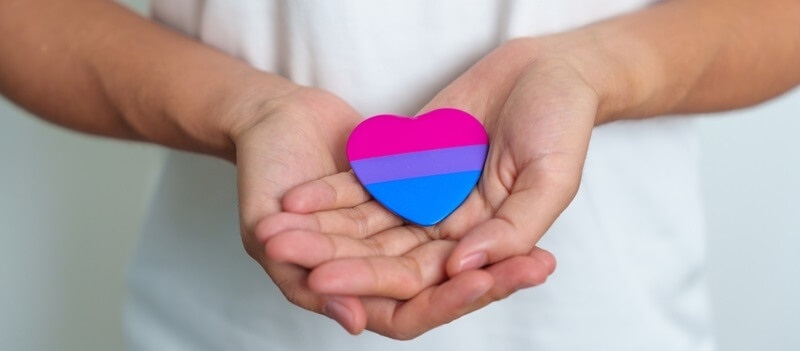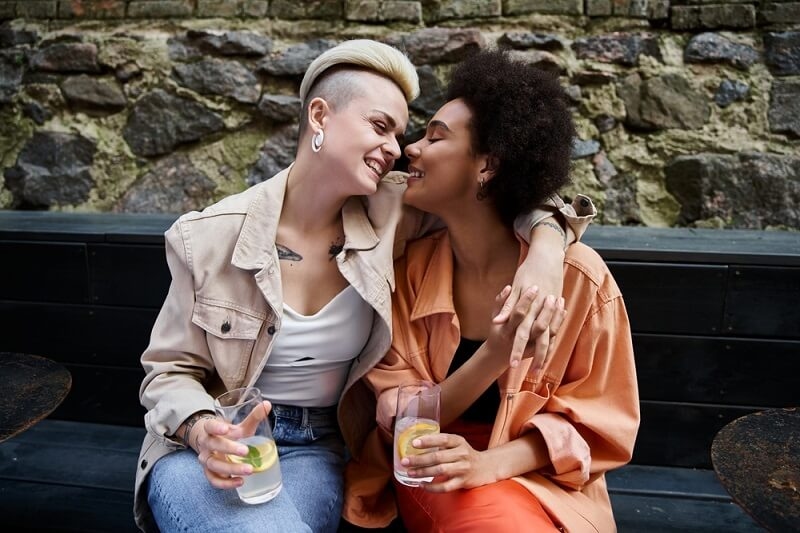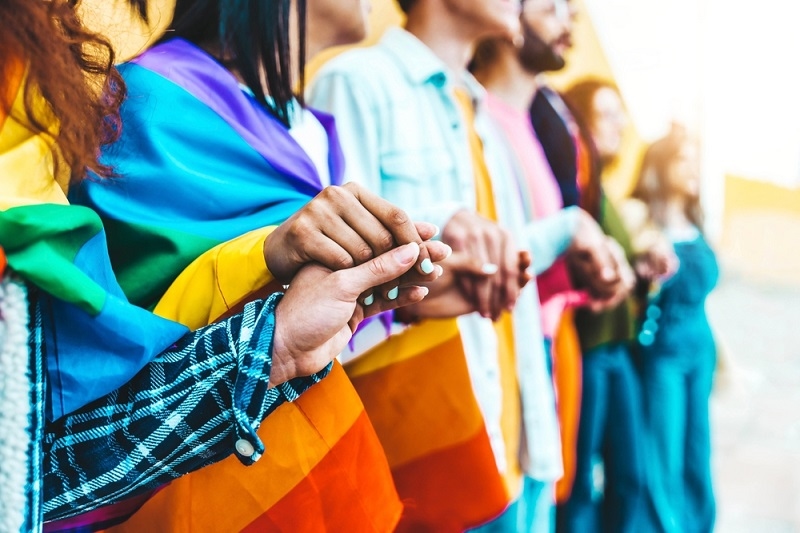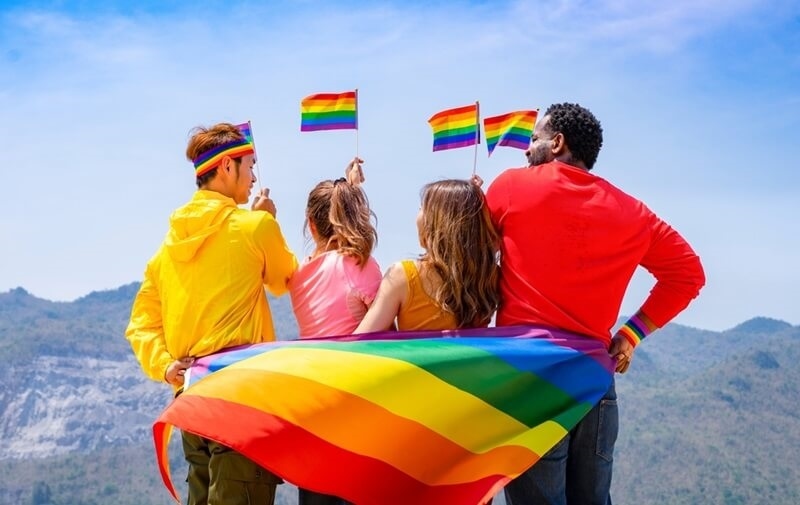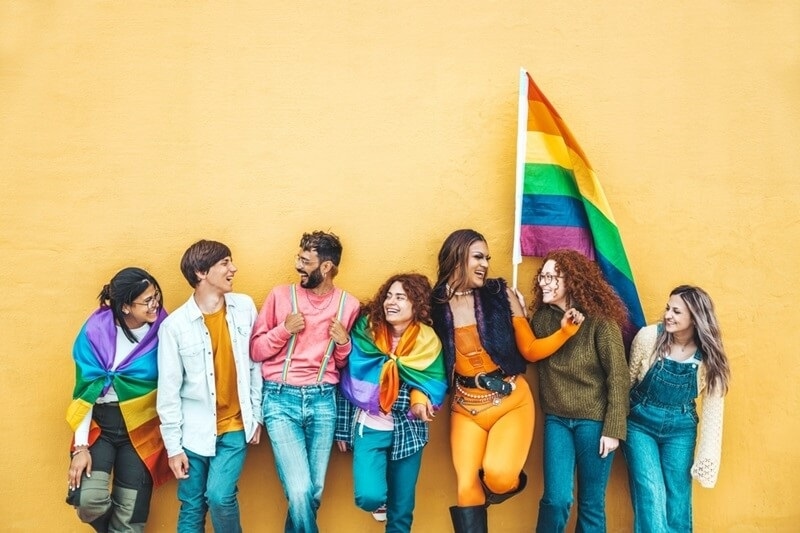A Comprehensive Walkthrough To The LGBTQ History Month

October is known as LGBTQ History Month. It is a month-long celebration to honor the influence and achievements of this community on the entire globe. LGBTQ History Month gives a great opportunity for people worldwide to learn more about the community's rights. The entire event revolves around the National Coming Day, which takes place in the middle of October. The month was first celebrated in the country nearly three decades ago. It started when a high school teacher from Missouri decided that there should be a period dedicated to finding out more about the history of the community by gathering the leaders and the teachers in the community. The month of October was chosen to coincide with the academic year of the nation as well as Coming Out Day. A little time after it was started, the event got the endorsement of the National Education Association, the National Gay and Lesbian Task Force, The Human Rights Campaign, GLAAD, and several other national organizations. In a decade, the Equality Forum started to create resources, promotions, and content for LGBTQ History Month.
The celebration that is done in this month is different from the celebrations that are done during Pride Month. This is because the latter is intended to celebrate the visibility of the community's people in society and move towards greater equality. The event is celebrated in June to remember the Stonewall Riots that happened nearly half a century ago. On the contrary, LGBTQ History Month is meant to talk about historical figures related to the community and their different contributions worldwide. Professor Martha Brenckle, treasurer of the LGBTQ History Museum in Florida, said, "It's just amazing to me that they did that — these regular, everyday people who had normal jobs — they weren't politicians or celebrities," Brenckle says. "Yet here they were in 1979, sticking their necks out, making themselves visible, to improve other peoples' lives. I think we really need to keep those people in mind today and take up their charge."
"I hope we all remember that everybody is worthy of respect. Everybody is worthy of rights. Everybody is worthy of kindness. These are groups of people who for so long-lived in the closet and hid their real identities," Brenkle continued. "I think it's very important to make a note of that, and also to note that things are still not perfect. Yes, we have same-sex marriage, but we don't have adoption rights in every state. We don't have the same employment rights in every single state. We still have students kicked out of their homes for coming out. Things are still problematic in our daily lives. I think those things need to be brought forward and need to be talked about. That awareness is why these pride events are so important. I would recommend that people learn about Equality Florida's Nadine Smith and Gina Duncan as leaders in the movement today,"
The Importance of LGBTQ History Month
The month-long events look to increase the overall visibility of the people from the community that belongs to the nation. It also talks about any other person who identifies with the LGBTQ+ community. The educational institutions are encouraged to teach their students about the history of current affairs affecting the community and other related civil rights movements. There are many states that have had a history of LGBTQ influence in the nation. Massachusetts was the first state in the US to legalize same-sex marriage nearly two decades ago. The first licenses for such marriage were also issued at the same time. Nearly fifty years ago, Boston held the first Pride March. Following that, Wisconsin and Massachusetts banned discrimination based on sexual orientation in public accommodations, housing, union practices, private and public employment, and credit. A few years ago, the Governor of Massachusetts issued an order that banned any discrimination on the part of the state and its various contractors against any transgender employees.

Presently, many of the states in the United States have a high rating regarding the sexual orientation policy tally and the gender identity policy tally. These statistics are according to the Movement Advancement Project. The various states of the nation also hold high ranks when it comes to parental recognition and relation status, non-discrimination laws, healthcare policies, and LGBTQ youth policies. The activists say there is still a lot of time to go towards equality. This is because the states have ranked lower in criminal justice policies and laws and the capabilities for transgender people to correct gender and name markers in their identity documents. Each year, there is one theme and a very publicized event at a high-profile address to make more people aware of the struggles and achievements of the people from the community. The theme for Pride Month this year is Politics in Art. It is based on the overall design and art.
Mhairi Crawford, the chief executive of LGBT Youth Scotland, said, "This year, it felt more important than ever to use LGBT History Month to demonstrate the strength of solidarity at home and around the world. Globally, LGBT people and their allies live through a fragile historical moment. Across Europe, efforts are being made to roll back LGBT rights. Meanwhile, the UK has just been marked out by the Council of Europe as one among a few countries where rising anti-LGBT hate is of particular concern. By giving History Month an international focus, we're inviting people and organizations across Scotland to share their ideas about what an equal world for LGBT people would look like – and how we can work together to achieve it."
What is the Stonewall Uprising?
This particular event holds great significance in the entire community's history. It happened nearly half a century ago. It was the tipping point for the liberation movement related to the community in the nation. During that time, the Stonewall Inn in New York was a gay club. It was a refuge for many people who belonged to the community. On a fateful day, the New York City police conducted a raid on the inn. It sparked a riot among the neighborhood residents and the bar patrons with the police. This riot involved hundreds of citizens and led to nearly a week of violent clashes and protests with the law enforcement outside the bar, in the nearby park, and on the neighboring streets. A year later, thousands of citizens marked Central Park and termed it Christopher Street Liberation Day. It was seen as the beginning of the gay pride parade. Since that time, the people from the community and the allies have continued the outcome together that month and talked about equal rights.
LGBTQ History Month is Different From Pride Month
The Pride Month celebration was inspired by the uprisings mentioned above. It aims to get equal chances and justice for people from the LGBTQ+ community in the nation. The function of this period is to talk about the impact the people from this community have had on their society internationally, nationally, and locally. The celebrations now include concerts, symposia, workshops, parties, picnics, and parades. The events held during the month attract innumerable people from around the entire globe. It is also quite common for many memorials to be held for the people of the community who we have lost because of HIV or hate crimes.
According to GLAAD, "during the early years, the celebration was largely marked by a call to action and commemoration. But since then, LGBT History Month has blossomed into a nationally coordinated effort to highlight exemplary role models from the LGBT community. Since 2006, this push has so far been led by LGBT rights and education organization Equality Forum."
Conclusion
LGBTQ History Month is important because it is vital to talk about the impact of the people from this community on advancing their rights in society. The LGBTQ+ community is often bullied and cast out by their social groups and families. They are not considered a part of the social circle because they do not fall under the segment of the common genders. In many cases, they turn to alcohol or drugs to escape the various hardships in life. But during LGBTQ History Month each year, people learn about the daily struggles that they face. The celebration happens with parades and big gatherings that include individual displays of pride. You will see the rainbow pride flag and other flags representing individuals with varying identities.







